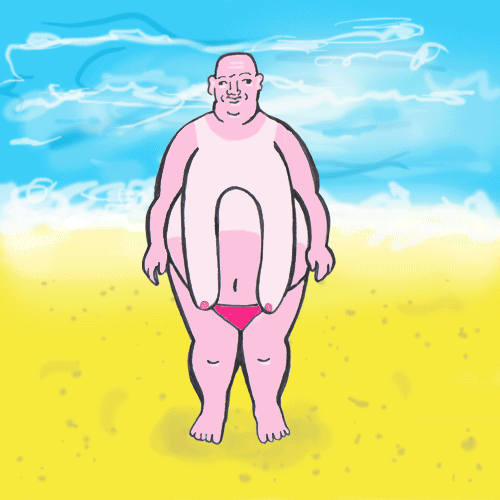The direction you eye moves in when looking at an image.
What does line of sight do for your composition?
Focuses the viewers attention on the most important thing in the image.
How does movement relate to line of sight?
There is a movement of the eye when it is subconsciously drawn to a specific part of the image.
What relationship does the frame have with line of sight?
Crops into the most important part of the image and adds to direction.
How does the handout recommend you use line to its full advantage?
Recognising tools, using the elements to lead your eye to the most important elements. PLAN THE LINES FIRST!
Do you disagree with anything in the handout?
One line must lead to another; this is not necessarily true.
Critical Task
Find an image with an interesting line of sight. As a group, deconstruct each others images adding the directions in which the eye moves.
My image is extremely simplistic; leading lines to a centre piece of a simple tree. Admittedly the image is quite boring, and not very interesting as the line of sight is extremely obvious.
Other peoples images included complex scenes where the line of sight was difficult do distinguish due to the vast amount of information in the image, and others had very interesting lines of sight, for example a 'Zed line' acting as a sort of zig-zag movement of the eye across the image.
Practical Task
Produce a finished piece of illustration of TRANSPORT. It must compositionally employ a story, one of sight as well as depth viewpoint and frame.
Mind-mapping initial thoughts
For inspiration I took a look at a London Transport poster book from the library; many of the old posters consist of illustrated scenes from the early and mid 20th century. The specific posters that I analysed the most had either interesting forms of transport e.g. penny farthings or an interesting composition.
My initial roughs were mainly centred around the scenario of being stuck at traffic lights/ a zebra crossing due to a particular circumstance; I looked at the Beatles Abbey Road album cover to gain a better perspective of drawing a zebra crossing.
Additional Reference Material
I was unsure of how to make my composition interesting and emphasise the other elements such as line of sight and depth; I then decided that the 'Zed' line would be quite interesting in terms of line of sight.
I decided that the line of the hills would lead to a focal point of the sloth and the car; they are the most important elements of the picture, dictating the narrative the most clearly.
Making a rough sketch of where the lines in the image would be situated before using a lightbox to create the final image.
The Final Image
Evaluation
I used watercolour as my source of media, and green as my colour to break up the black and white. Sticking to the rules of everything we have learnt so far; I emphasised the bold tones in the colour of the foreground to lead the eye there first, also with the help of the line of cars drawing the eye down from the top of the page.
The image dictates the situation clearly. The sloth is taking a long time to cross the road and the traffic has built up for miles resulting in some very angry motorists.
I have tried really hard to combine all the techniques that I have learnt in the correct way, some may not be as strong and technical as possible but the main thing that I think I have achieved in this image is the sense of narrative being made clear to the viewer.


















































